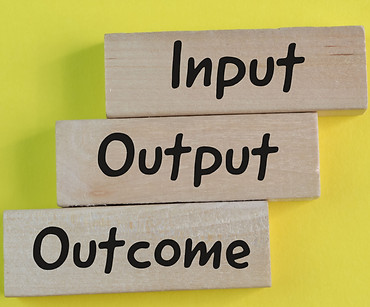Mission, Goals, Objectives, and Logic Model
The mission of this program is to improve nutrition to reduce the risk or progression of type 2 diabetes (T2D) and hypertension in Baltimore, MD, through the implementation of a faith-based intervention program.
Goals:
-
Increase nutrition literacy, focusing on the self-efficacy of individuals to equip them with the knowledge to make healthier choices.
-
Increase food access with the establishment of a Farmer's Market on church property or within walking distance of the church.
Objectives:
Process
Conduct monthly nutrition lessons/activities, over the course of a year, on general/healthy nutrition with a particular focus on nutrition that can decrease risk and/or progression of T2D/hypertension.
Process
Identify applicable regulations along with at least two local produce vendors, and complete required permits (with the Church leadership approval) to establish a farmer’s market within walking distance of the Church.
Impact-Knowledge
At least 75% of the participants will be able to identify at least five fiber-rich foods and describe how they can improve chronic issues after participating in the program for one year.
Outcome
With consistent nutrition changes, individuals will self-report improvement in their blood glucose and/or hypertension levels after participating in the program for one year.

Program team develops intervention program.
Activities: Present intervention program proposal to senior Church leadership.
Outputs: Church leadership approves participation in program.
S/T Outcomes: Church leadership commits and approves financial/physical resources for the program.
I/T Outcomes: Church leadership extends participation to non-Church members of the community.
L/T Outcomes:
-
Church leadership incorporates intervention funding in their annual budget.
-
Strengthened relationship between Church leaders/members and the surrounding community.

Program team develops nutrition lessons/activities for intervention participants.
Activities: Program team implements lessons/organizes activities for participants about healthy nutrition, focusing on nutrition behavior that can improve T2D and hypertensive status.
Outputs:
-
90% of participants complete the nutrition lessons/activities.
-
Program team develops infographics with recipes, snacks, and food preparation ideas.
S/T Outcomes:
-
Participants gain knowledge (increased nutrition literacy) about healthy nutrition behavior.
-
Participants gain self-efficacy by understanding how changes in nutrition can positively impact chronic health issues.
I/T Outcomes:
-
Participants purchase and consume less highly-processed food.
-
Participants purchase and consume more fiber-rich/low-sodium foods.
L/T Outcomes:
-
Participants report improvement in blood glucose and hypertension levels.
-
More community members join the intervention program influenced by existing participants.

Program team develops a proposal to establish community Farmer’s Market within/near Church property.
Activities: Program team identifies local vendors to support the farmer’s market.
Outputs: City/local government approves establishment of Farmer's Market.
S/T Outcomes: Program team implements an advertising campaign promoting new inventory of Farmer’s Market fruits and vegetables.
I/T Outcomes:
-
Participants have a greater appreciation for the availability of fruits and vegetables and begin/continue to consume them.
-
Participants support local commerce with regular visits to the Farmer's Market.
L/T Outcomes:
-
Farmer's Market vendors maintain affordable prices for fresh fruits/vegetables (decrease food insecurity).
-
Participants purchase more fresh fruits and vegetables than processed foods/drinks.
-
Participants experience an improvement in their overall health.